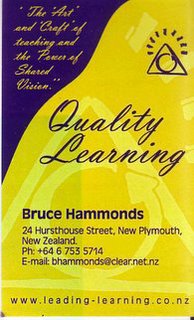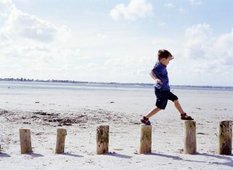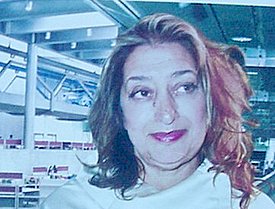
 Next Monday I visit a school to run a Teachers Only Day and another on the Friday.
Next Monday I visit a school to run a Teachers Only Day and another on the Friday.I’ve been thinking about the messages I want to leave with the teachers, appreciating that whatever they think I will have said will be determined as much as by what they bring to the day as what I say.
This dilemma of communication will be faced by them when they face their own students the next week.
All we can do as teachers is to provide experiences and opportunities for the students to think about and, if the students feel the ideas are important, they will change their own minds. No one can make another person learn.
If we think education is about transmission, no matter how well we plan, and record the results, we are fooling ourselves. What students remember when they have moved on are the feelings and attitudes they get from being in your class and the experiences that add to whatever ‘they’ feel are important.
The teacher’s role, in many respects, is one of an artist or a creative coach who, as Jerome Bruner wrote, ‘practices the canny art of intellectual temptation.’
So what are the ideas I want to ‘temp’ the teachers with next week?
I want them to forget all the cumbersome curriculum statements and focus on ‘personalizing’ learning to suit the needs of every learner in their class– I want them to see themselves as curriculum ‘designers’; designing tasks with their students, and not curriculum ‘deliverers’ as is the case now
I want them to do everything they can to see that every child develops an image or metaphor of themselves as a creative explorer, are able to take a growing responsibility for their own learning. It is all so easy to turn students from active learners to dependent ones.
I want them to appreciate that the students have only three main concerns: Who am I? What can I do now? And what might I be able to do in the future? We must do everything that keeps their positive sense of possibility and hopefulness alive and well.
If we narrow our teaching by focusing on ‘achieving’ set ‘targets’ in literacy and numeacy it will matter little in the long run if ‘learning power’ or ‘learnacy’ is neglected
I want the teachers to focus on developing in every learner a strong sense of identity or self based on what they can archive through applying effort to what they do – to value ‘stick- ability’, perseverance and resiliency. Learning can only occur if students are prepared to ‘give things a go’, and more so, when they do not know what to do.
This means we must value the personal world of the learners above any planned curriculum. It means we must value their questions and concerns and use these as the basis for developing an ‘emergent curriculum’. I would expect the walls and bookwork to reflect the ‘voice’ of the students. Creative teachers can easily align such a curriculum with ‘official’ requirements.
I would hope that all teachers understand the process of how students learn by having their current understandings valued and then challenged and for them to ‘construct’ new ideas only if they make sense to them. Students must be their own ‘meaning makers’.
To develop understanding whatever is studied needs to be done in depth. I would want teachers to appreciate the need to do ‘fewer things well’ and not to rush in a futile attempt to cover the curriculum. There is no rush – too many students produce inferior work in a rush to finish first.
I would want students to appreciate that what they will need in the future is a willingness to learn from ‘enlightened trial and error’ and that the ‘force’ that will drives them throughout ther lives will be their own particular ‘grab bag’ of talents, passions and interests. To personalize learning teachers need to have an appreciation of the individual learning preferences of every learner and an understanding of the ideas of multiple intelligences to uncover all their talents. The result of a meaningful education is for every student to leave with their talents, passions and dreams expanded and intact.
Most of all I want teachers to appreciate that it is their role to ensure every students develops the qualities of being both a good team player and an interesting individual able to make the best choices they can and are able to live with whatever the consequences. Students need to appreciate the important of reflection so they can improve whatever they have done next time. To a learner life is always next time!
And I would like the teachers to understand that doing something to the best of ones ability is the best motivation of all; true pride comes from achieving beyond what is expected. They also need to know learning requires courage because new learning is not always easy, often messy and usually confusing until it falls into place. Doing something new well – the ‘artistry’ of learning – is the fuel for further learning; helping every student achieve such ‘learning highs’ depends on the ‘artistry’ of the teacher.
These are some of the ideas I want to share with teachers next week .Nothing will be new for many of them – there is nothing wring with affirmation. The trouble is that too many of these great ideas have been lost in the desire for teachers to comply with curriculum written by those who know little about the real students in ther class.
Perhaps this is main message: learn to trust your intuition and value the expertise of your more creative colleagues. Model with your students the attributes of learners you want them to acquire. Teaching and learning is all about respectful, relationships. Learn by doing as you go along and don’t be frightened to ask questions. Most of all respect each student as an important individual.
Personalization of teaching is not new but up until now it hasn’t been the reality for many students.
It offers an exciting challenge for creative teachers.













